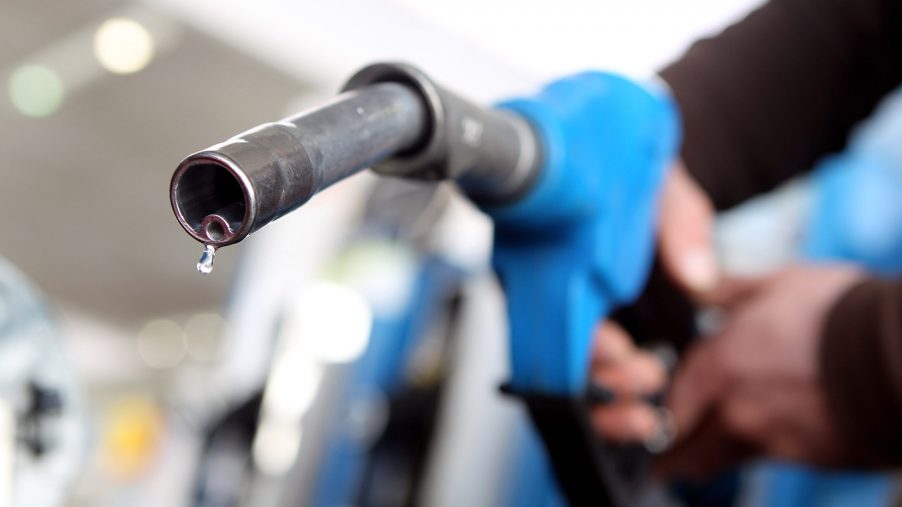
All New Cars Sold in the U.S. Must Average 40 Mpg by 2026
Every new vehicle sold in the U.S. will have to average at least 40 mpg by 2026, according to new federal rules that were rolled out today. This new average is up from about 28 mpg and aims to undo a rollback of standards that were enacted by President Trump. While it may seem like a lofty number for automakers to hit, the main goal is to decrease carbon dioxide emissions in the coming years.
The new fuel economy requirements are slated to reduce fuel consumption by over 220 billion gallons

The National Highway Traffic Safety Administration (NHTSA) says that the new fuel economy requirements are the maximum that the industry can hit over the given time period, ABC News reports. Under the current regulations, every fleet of new vehicles is required to achieve an average of 28 mpg in real-world driving. That means that under the new requirements, gas mileage averages will increase by 8% every year for 2024 and 2025, and up to 10% for the 2026 model year.
This new rule is a large step in reducing carbon emissions and is slated to reduce fuel consumption by over 220 billion gallons over the lifespan of many vehicles. That’s a lot, but some environmental groups, like the American Lung Association, want to see stricter standards put in place. Some of them even call for new cars to have zero emissions by 2035.
We’ll just have to see how it all unfolds in the coming years. Until then, here is some advice on purchasing a hybrid or electric vehicle.



